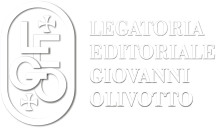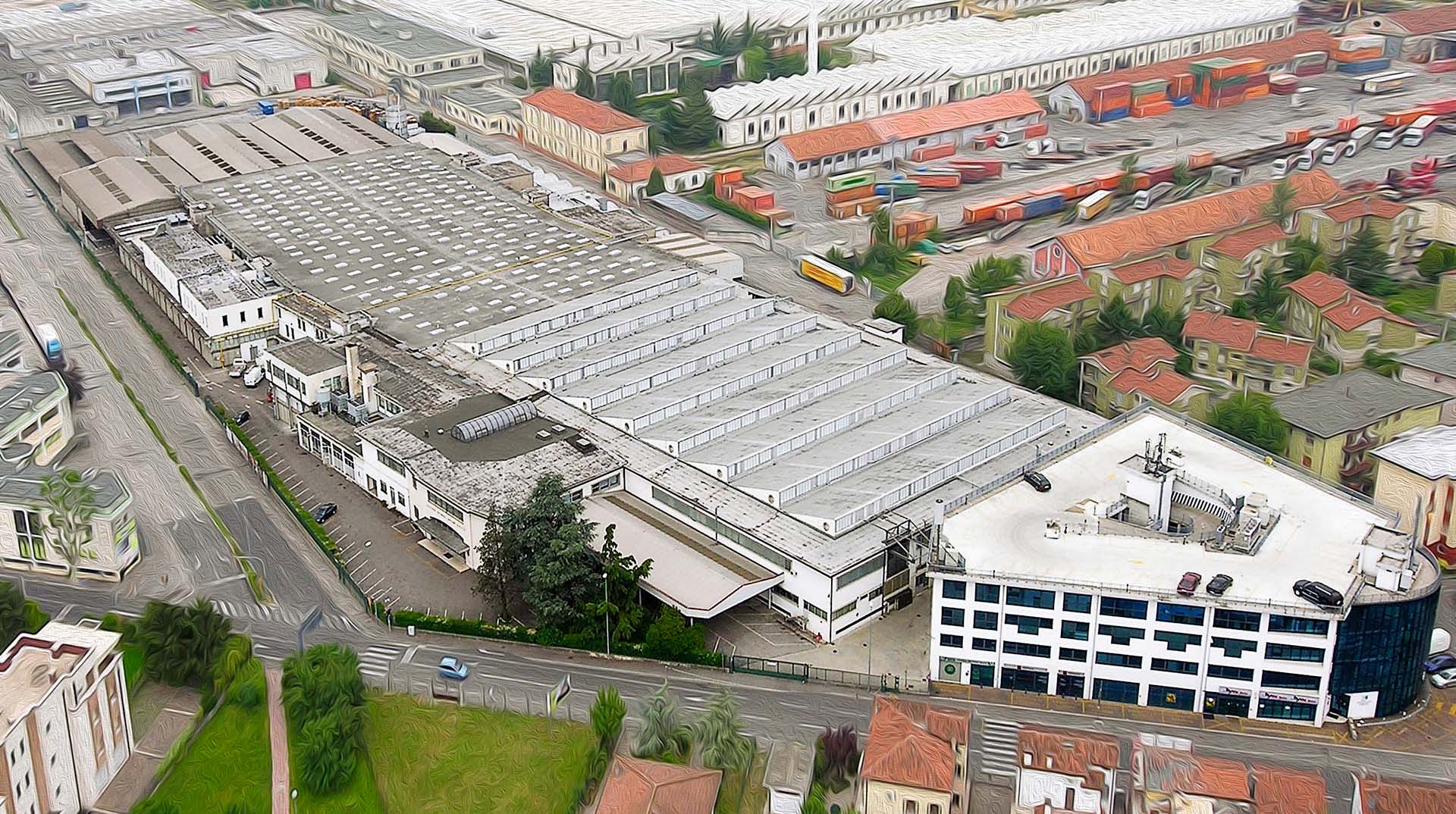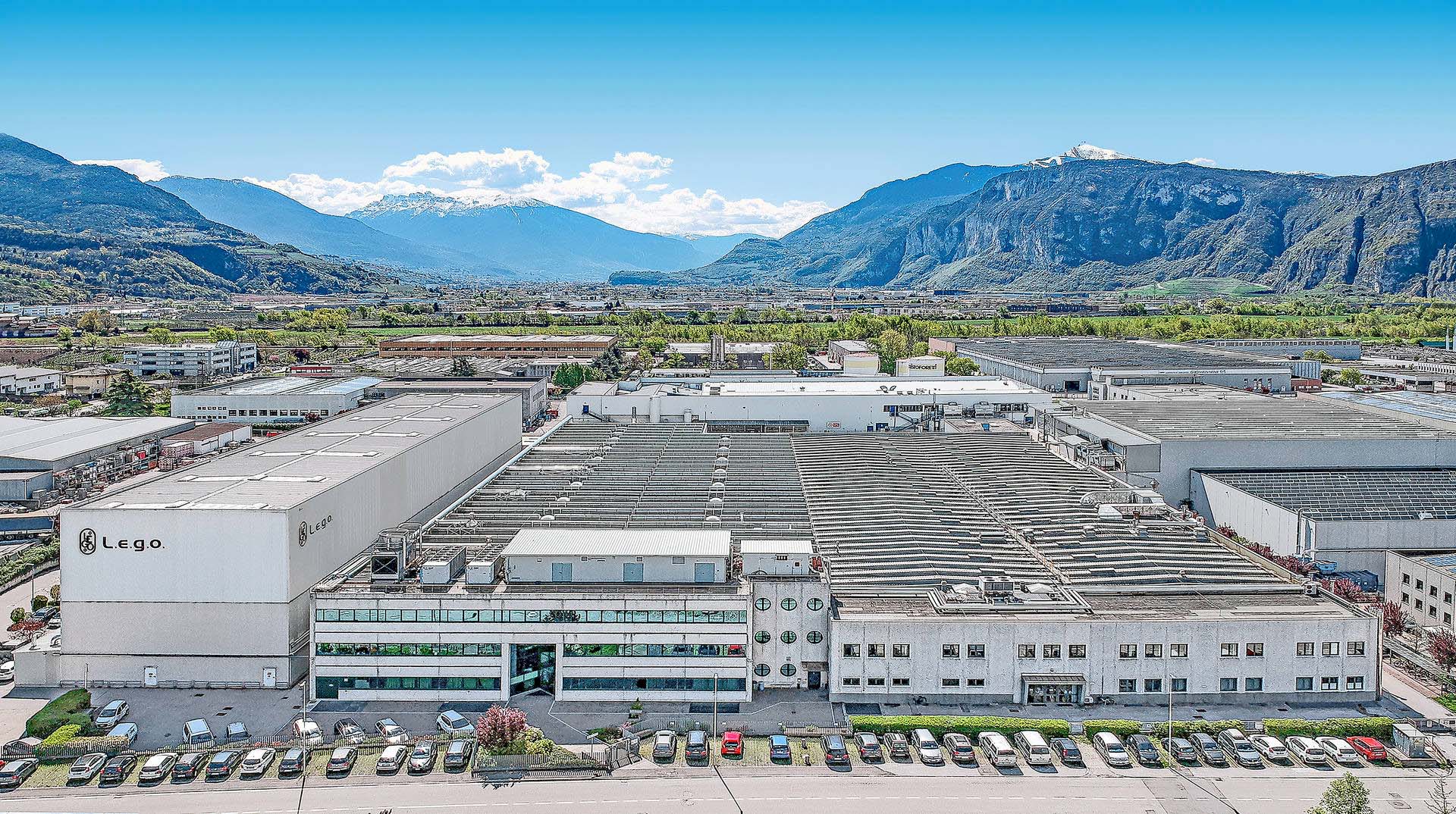€ revenue
copies produced per year
workers
countries served
L.E.G.O. was founded in 1900 as a small artisan workshop on the initiative of Pietro Olivotto. Since then, five generations of entrepreneurs have succeeded each other by renewing and adapting the company to a rapidly evolving market.
Today L.E.G.O. is one of the leading European producers of quality books. The operating divisions can offer the entire production cycle in-house providing the market with reliability and speed of production.
OUR SERVICES
We love what we do and we do it with passion
OUR PRODUCTION SITES
We are strongly linked to the territory
Vicenza
The headquarters are located in Vicenza with this plant housing the sheet fed offset presses as well as one of the most complete binderies in Europe.
Lavis
The Lavis plant houses web offset presses, binding lines for the production of paperback books and an automated warehouse for paper handling.
OUR HISTORY
More than one hundred years of experience is the guarantee we give
The foundation
In 1900, after working as a bookbinder at the Raschi printing house in Vicenza, Pietro Olivotto started a business with his wife Vittoria: thus was born a small artisan workshop, the cornerstone of the family enterprise.
In 1920, Giovanni, Pietro’s son, and his wife Maria joined the company.
This marked the beginning of a transformation: the small artisan workshop began to gradually mechanise production and, by the late 1930s, L.E.G.O. evolved into an industry with around 150 employees.
In 1940, Giovanni’s son Piero also joined the company. At the end of the Second World War, he participated in the reconstruction of the factory damaged by bombings and developed the commercial structure, laying the groundwork for future expansion.
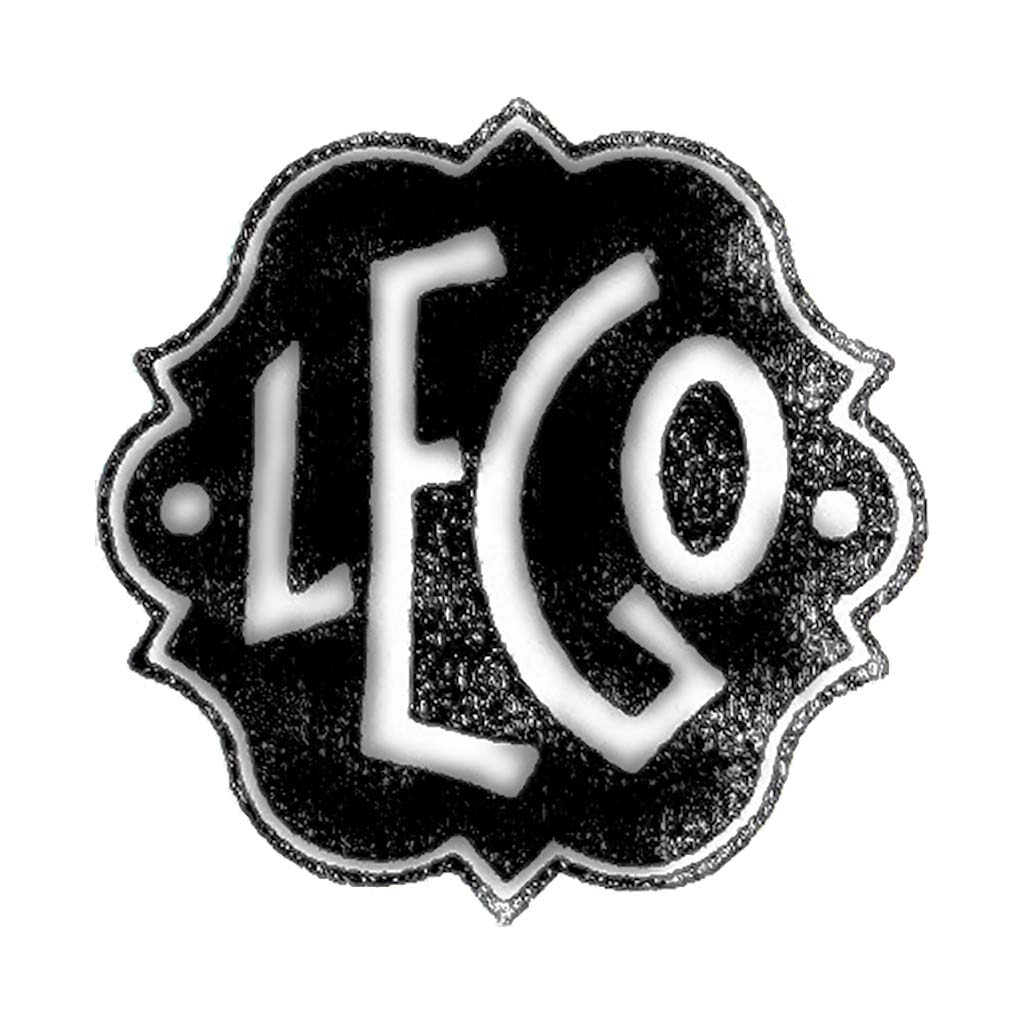
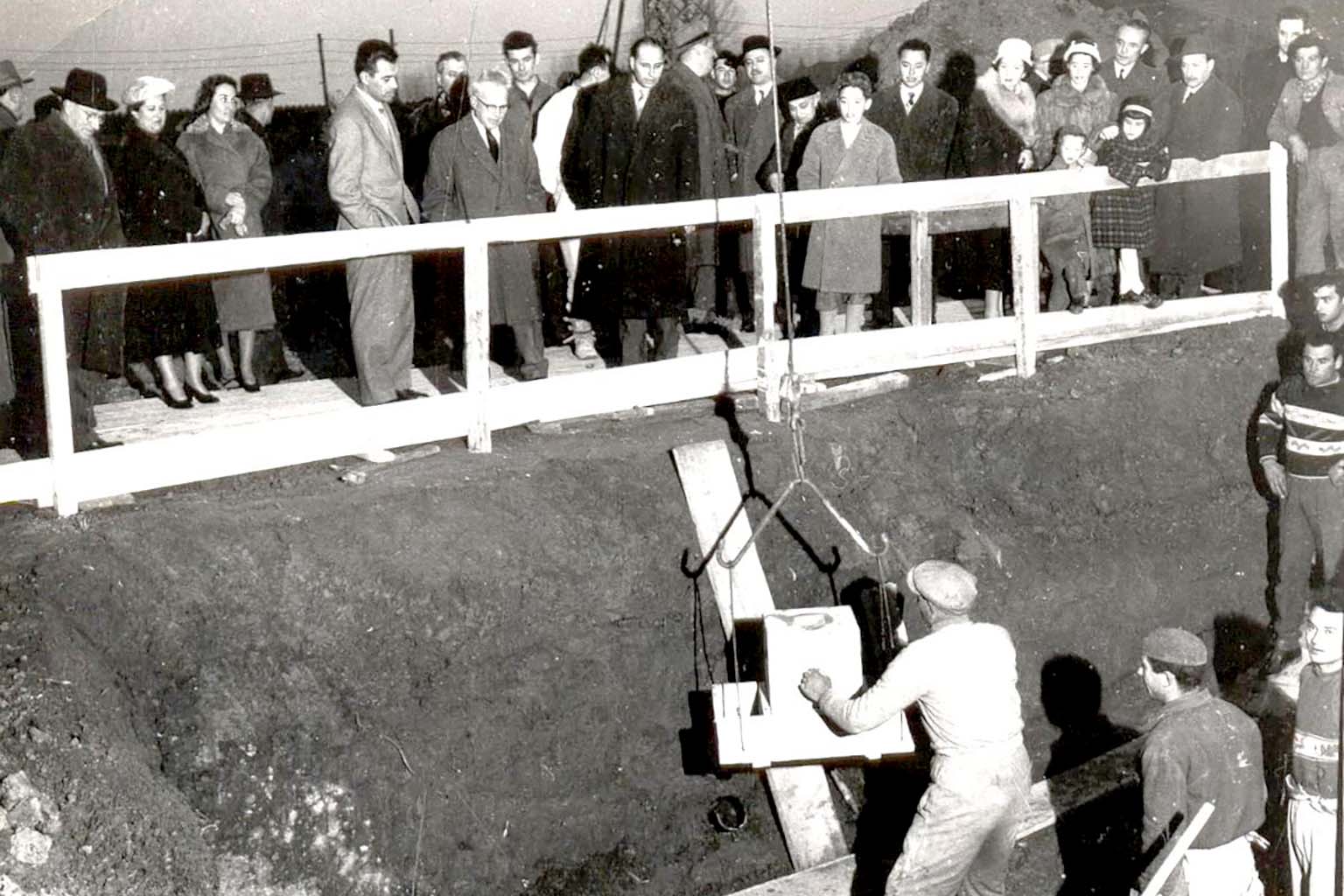
The expansion
In the 1950s, the need to build a new plant in Vicenza became evident.
Construction began on 15th December 1956 and was completed in 1958. Between 1963 and 1964, the production facility and warehouses were doubled, and they were further expanded between 1967 and 1968.
This exponential growth mirrored the economic development that characterised Italy in the 1960s.
With a booming property market, products like encyclopaedias found their way into Italian homes, becoming a symbol of economic prosperity.
Opening up to the international market
In 1970, Giulio Olivotto, Piero’s son, joined the company to learn the family trade.
In December 1975, at his father’s suggestion, Giulio established a commercial office in England to expand the market beyond national borders.
In a short time, representations were opened across Europe, starting a process of diversification in both markets and products.
The increase in sales led the company to exceed 1,000 employees, establishing itself as the most important bookbinding company in Italy and one of the leading ones in Europe.
The growth in volumes also encouraged innovation. The American engineer Peter de Florez designed and built in the United States a casing-in machine for very thin books. Giulio decided to acquire the technical drawings and bring the idea to the company. Talented designers and mechanics developed the «L.E.G.O. 300», the fastest production line for thin books ever built.
The “fast line”, as it was familiarly called within the company, significantly contributed to increasing production capacity.
By the mid-1980s, the foreign market accounted for over 80% of turnover, leading L.E.G.O. to integrate its offering with printing services.
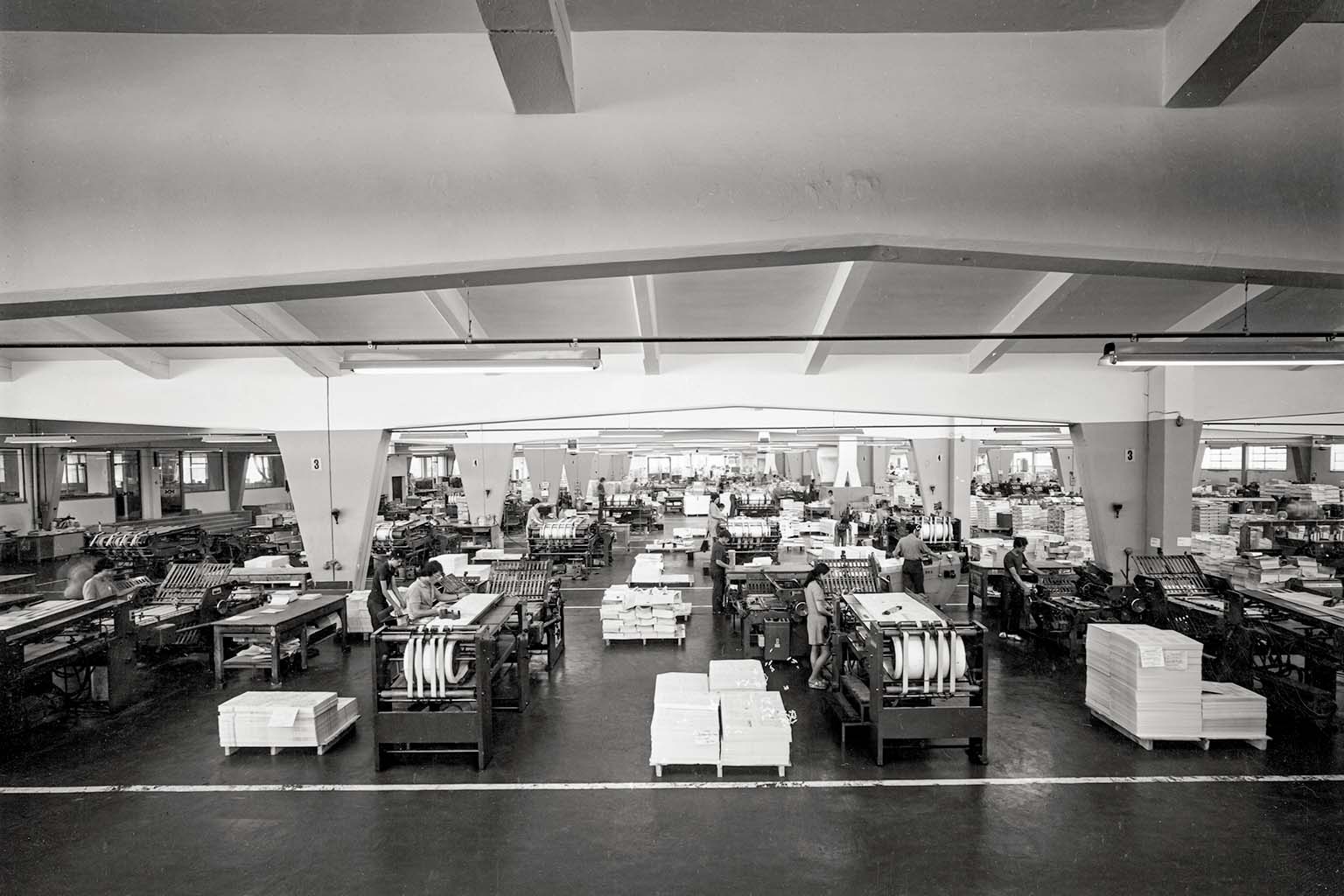
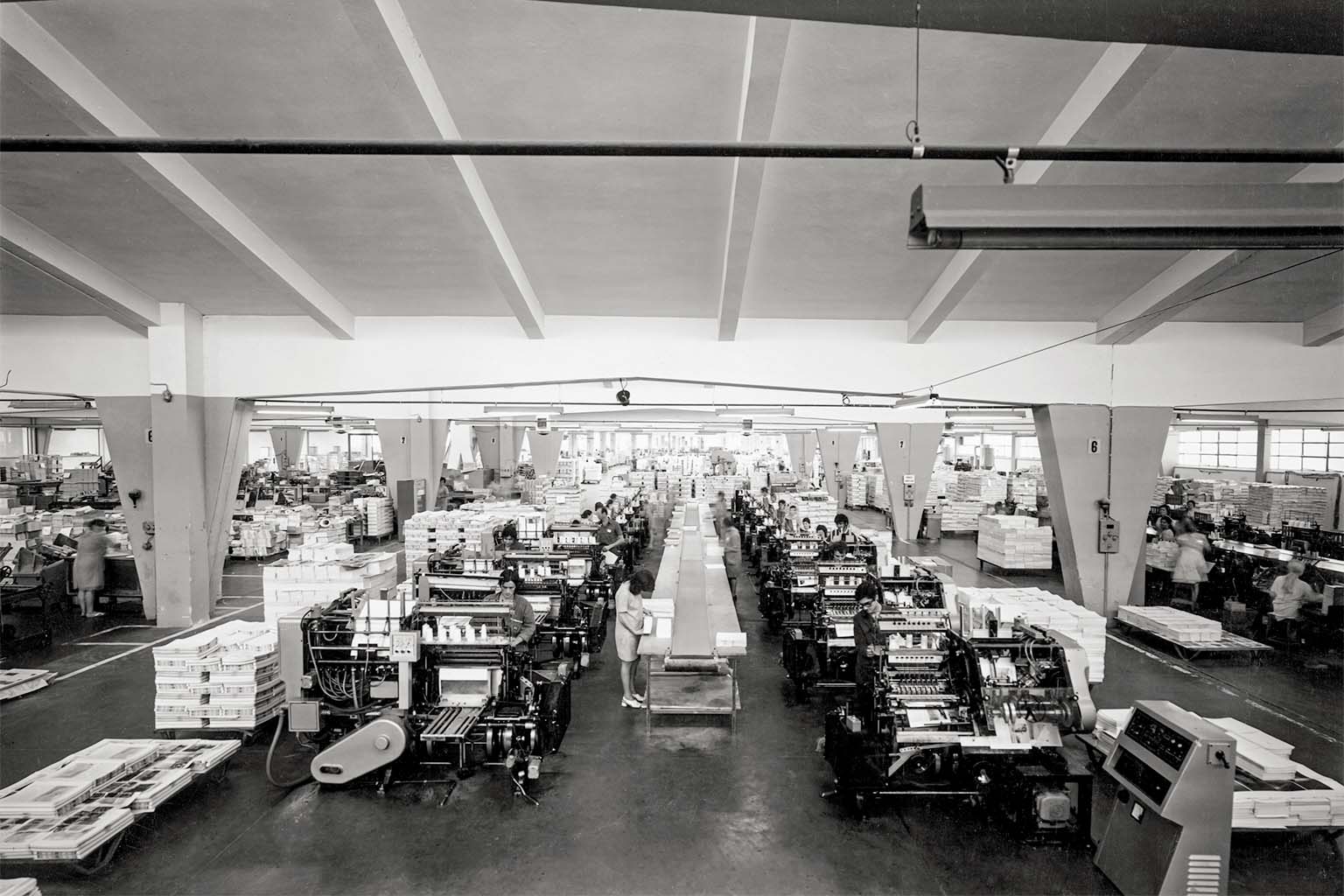
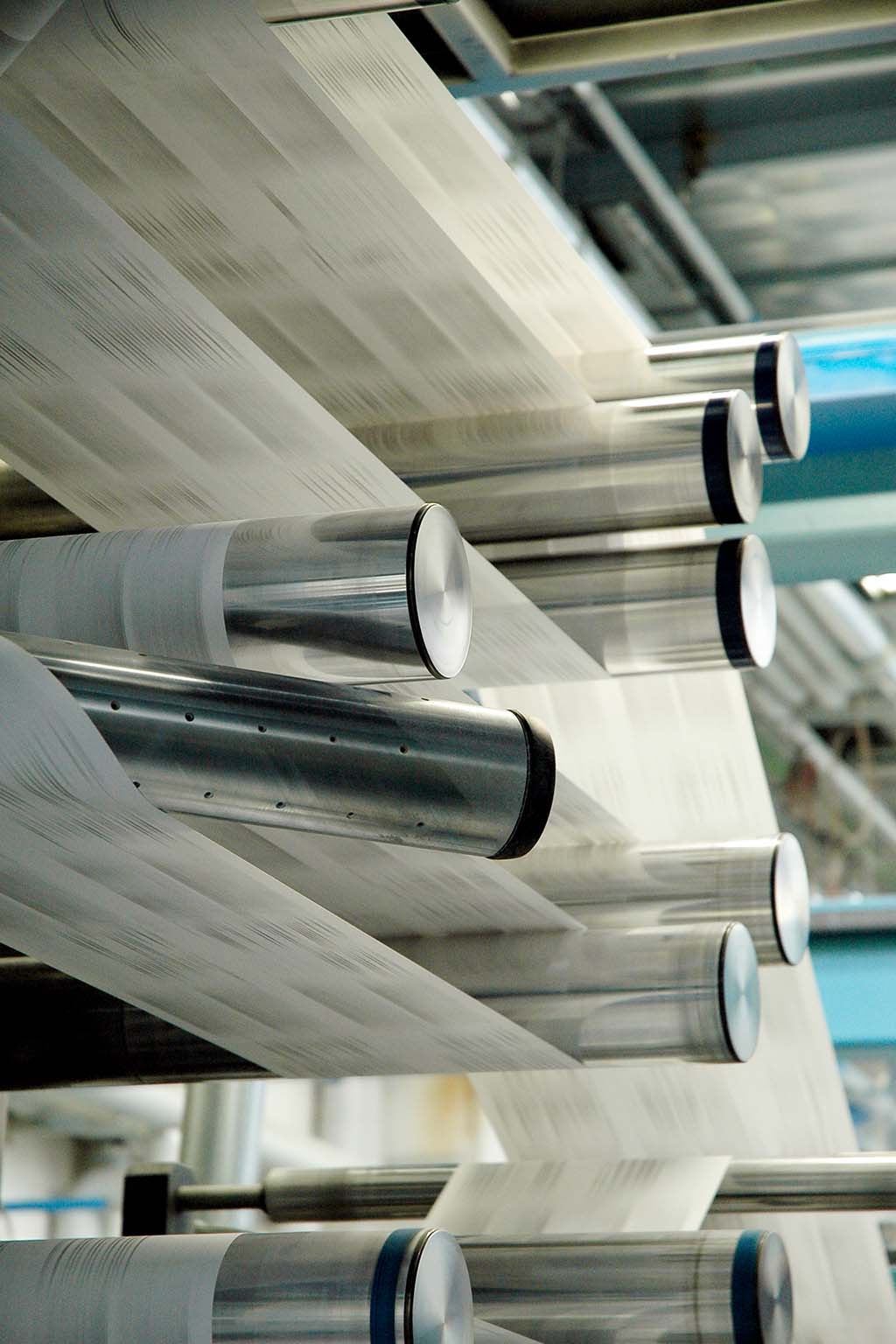
The acquisitions
The period from 1990 to 2010 marked the beginning of a phase of acquisitions, enabling the company to vertically integrate the production process.
After introducing sheet-fed colour printing, development continued with the acquisition of a Timsons rotary press, which over the years almost entirely replaced flatbed machines for monochrome book printing.
During this period, prepress also took its first steps towards digitalisation. In the new plant in Lavis, north of Trento, a CTP Misomex device dedicated to book printing was installed.
The Lavis plant also housed an automated warehouse capable of storing 14,000 tonnes of paper, along with a department specialising in short-run production, capable of producing black-and-white and colour paperbacks using ink-jet technology.
The family tradition continued with Giulio’s children: Rosa joined the company in 1997, followed by Giovanni in 2001.
In 2003, L.E.G.O. expanded its activities with the production of calendars, postcards, and travel guides, and in 2006, it acquired expertise in printing art books.
The technological advance
In 2010, the Lavis plant was equipped with its first four-colour Timsons rotary press, followed by a second in 2013 and a third in 2019.
In January 2016, a «Komori Lithrone G840P», capable of printing in 4+4 colours on 70×100 cm sheets, was installed at the Vicenza plant. The use of H-UV inks and UV lamps allowed for greater brilliance and colour intensity.
In January 2017, a «Heidelberg Speedmaster XL 162», a 4+4 colour machine in the 120×160 cm format, was installed in Vicenza, followed by a second one in the second half of 2020.
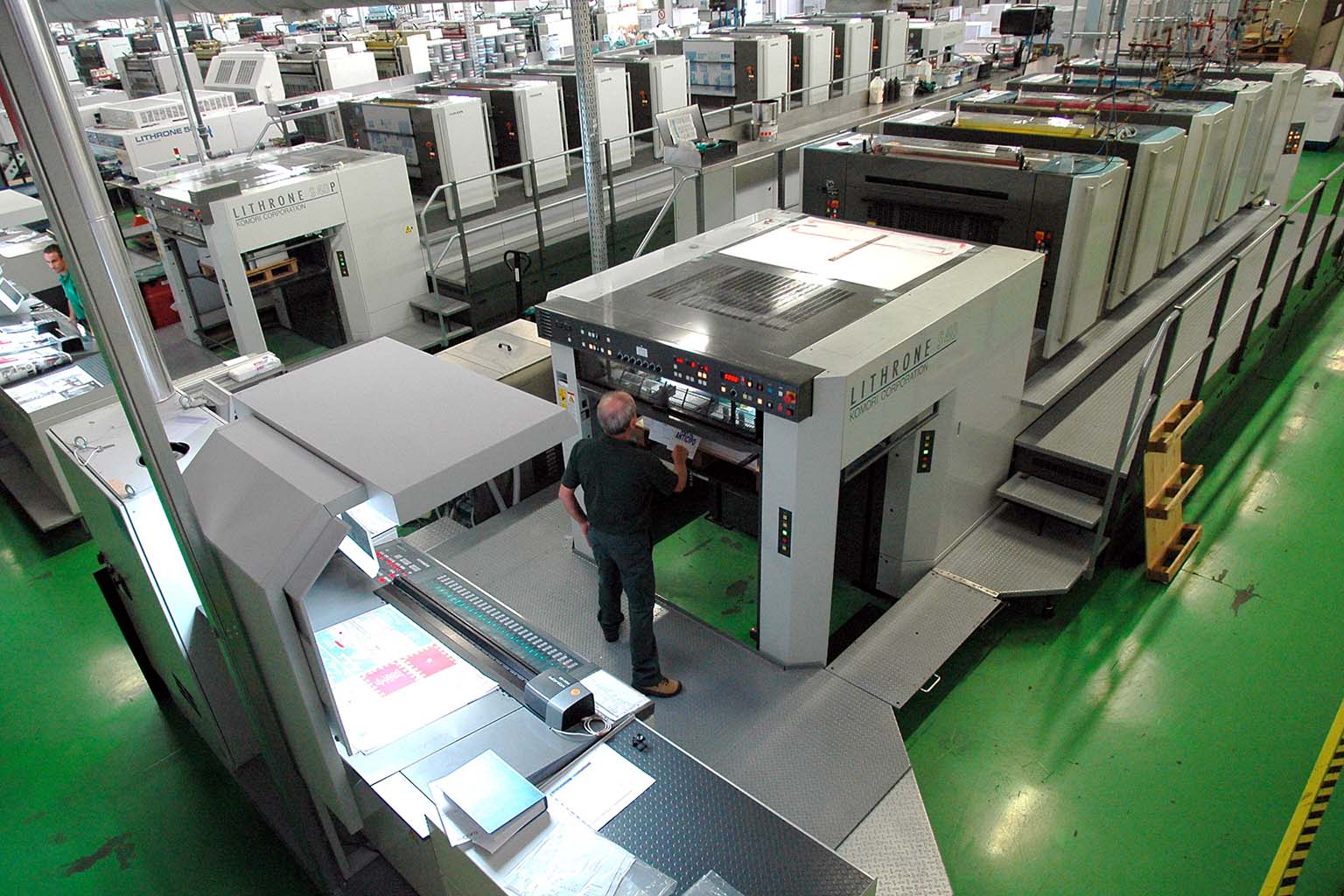

Investing and innovating
In 2020, L.E.G.O. introduced empowerment programmes aimed at promoting a culture of books throughout the Group. The goal was to ensure an efficient and well-structured organisation capable of supporting and valuing the team, maintaining high production quality, and offering excellent service.
In 2022, the L.E.G.O. Group received the prestigious «Printing Industry of the Year» award.
The company, true to its tradition, continues to focus on innovation and expanding its business, aiming to tap into new markets and continue evolving.
